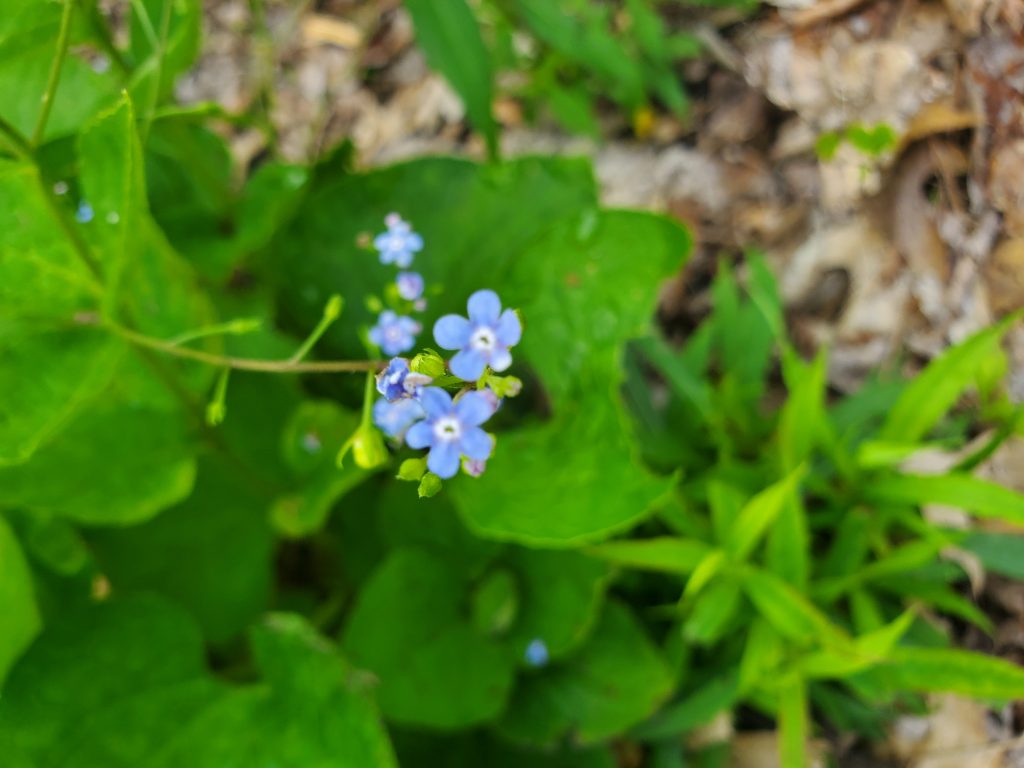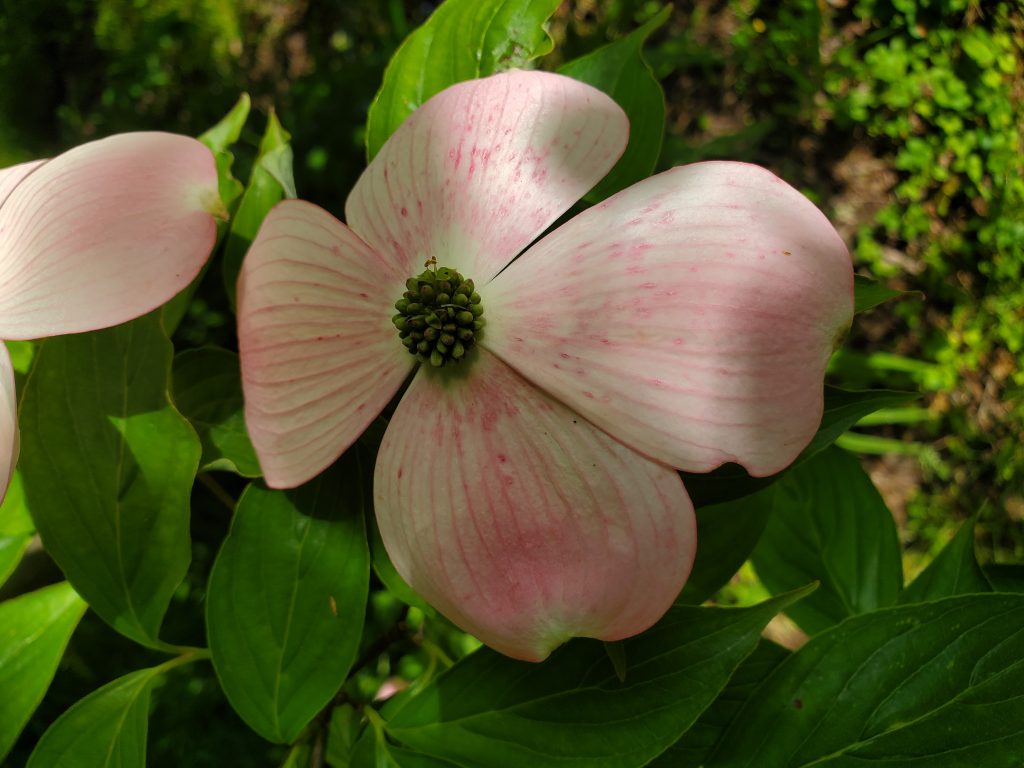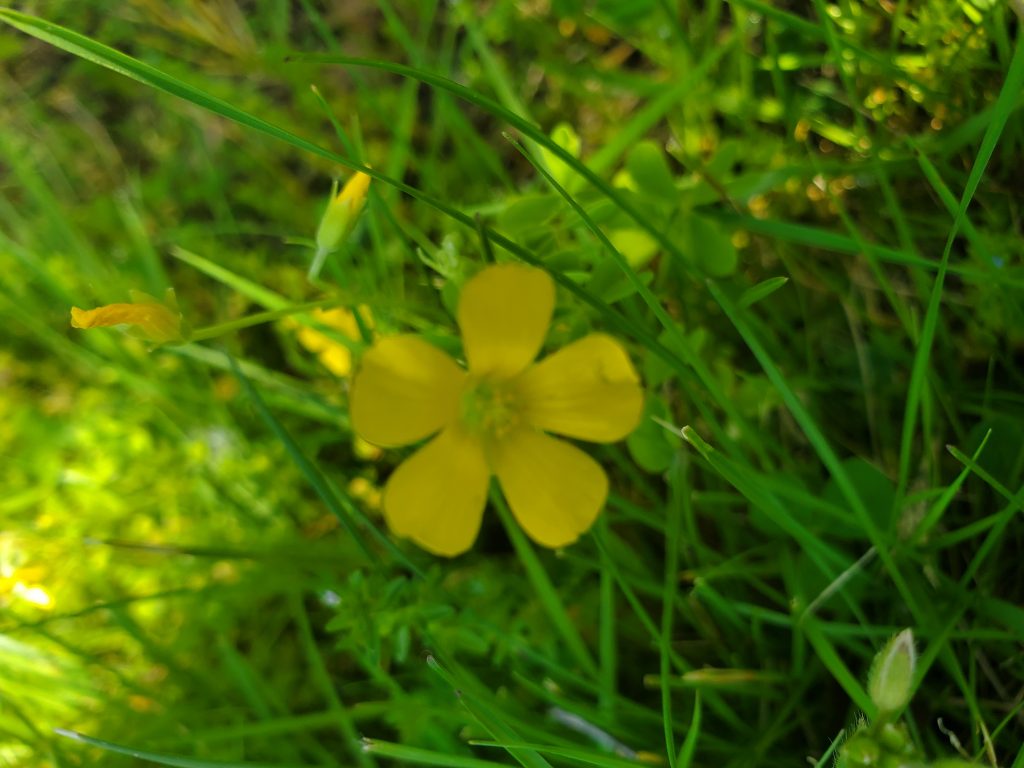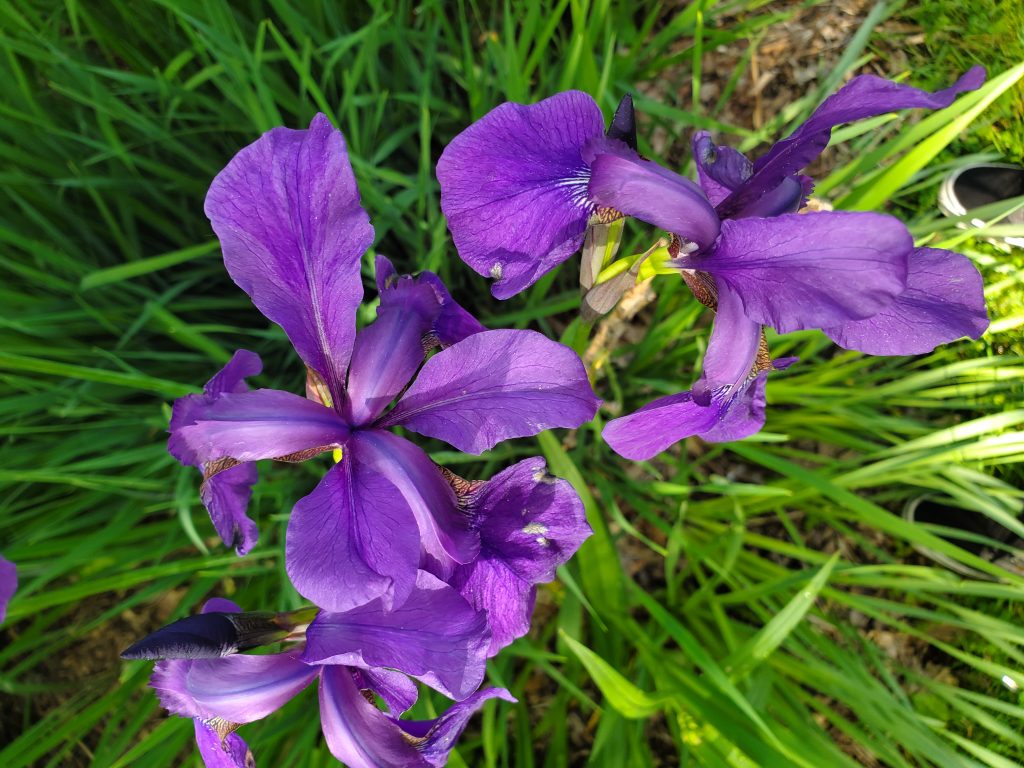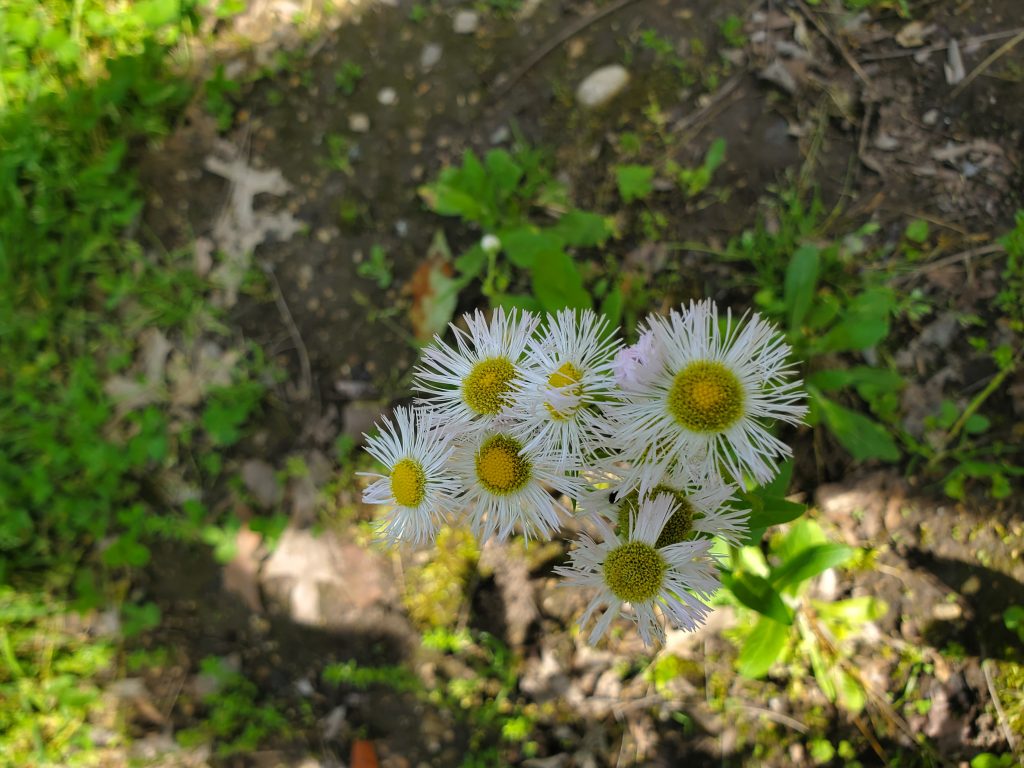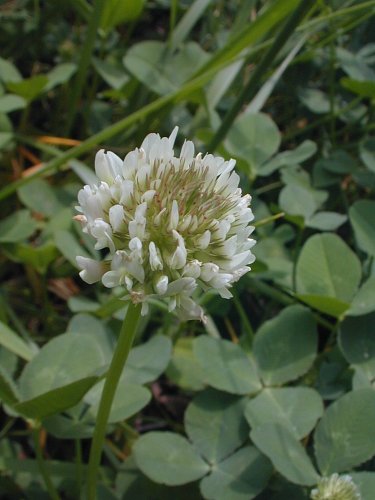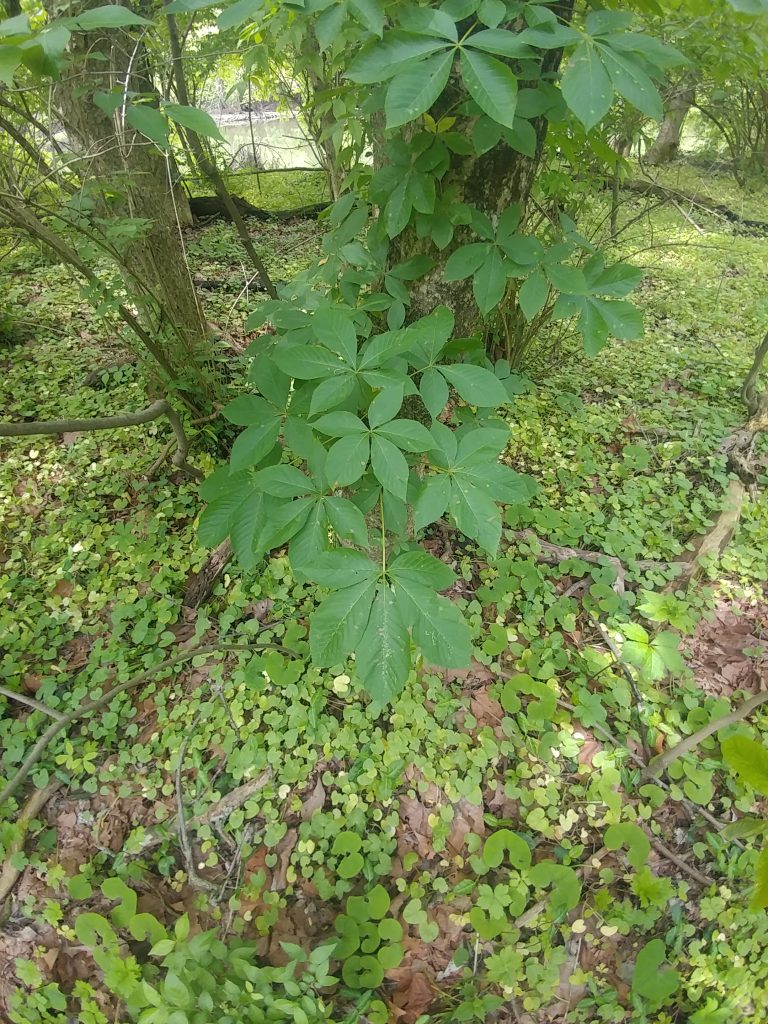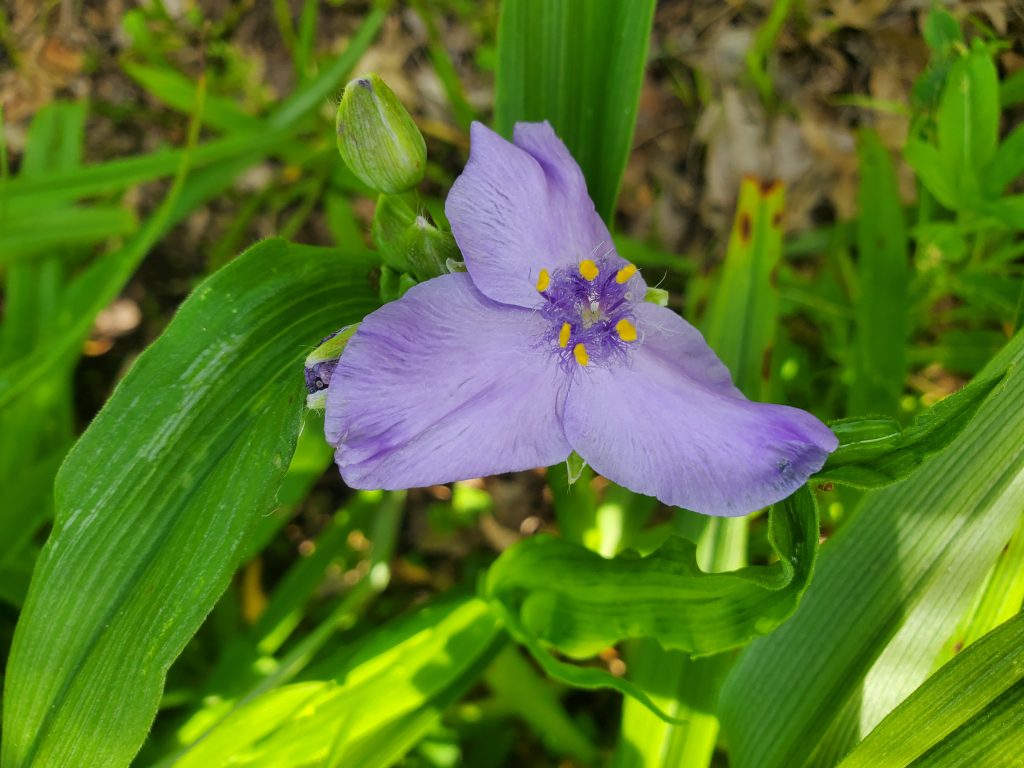
This flower was found at Antrim Park.
It is on page 120 in Newcomb’s Wildflowers.
Common name Ohio Spiderwort. Scientific name: Tradescantia ohiensis.
Corolla: 3 separate petals.
Calyx: 3 separate sepals.
Adroecium: 6 separate stamen.
Gynoecium type: syncarpous (and # of carpels = 3)
Flower type/ovary position: Hypogynous
Flower symmetry: zygomorphic (irregular).

